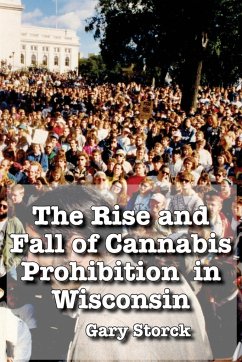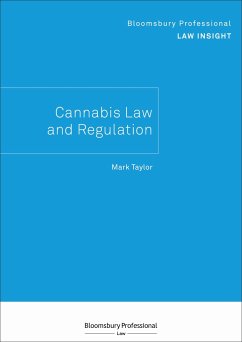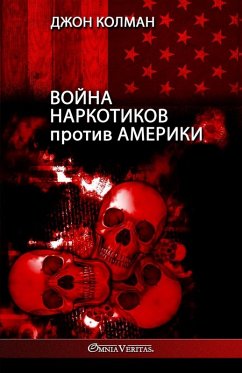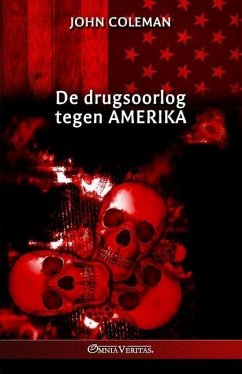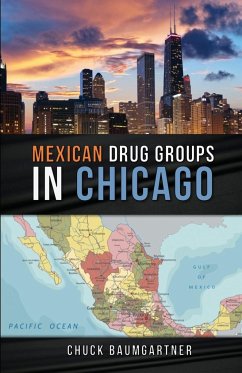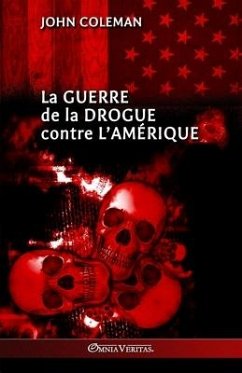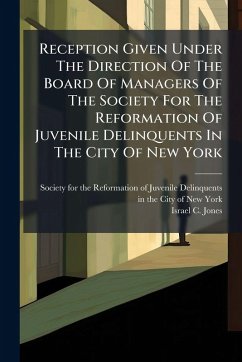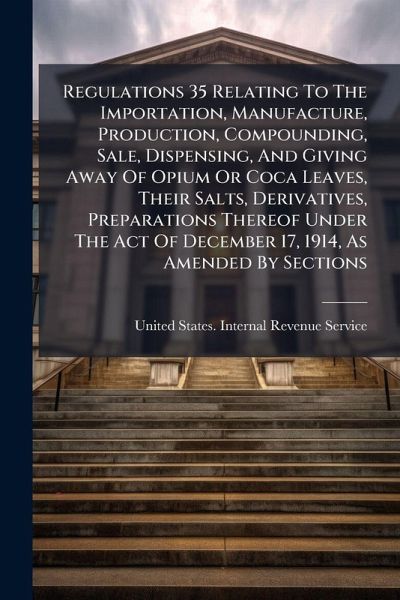
Regulations 35 Relating To The Importation, Manufacture, Production, Compounding, Sale, Dispensing, And Giving Away Of Opium Or Coca Leaves, Their Salts, Derivatives, Preparations Thereof Under The Act Of December 17, 1914, As Amended By Sections
Versandkostenfrei!
Versandfertig in über 4 Wochen
16,99 €
inkl. MwSt.

PAYBACK Punkte
8 °P sammeln!
This is a historical document presenting the complete text of "Regulations 35," issued by the United States Internal Revenue Service. These regulations pertain to the control and oversight of opium and coca leaves, as well as their derivatives and preparations, in accordance with the Act of December 17, 1914, commonly known as the Harrison Act. This act, and subsequent amendments, sought to regulate the importation, manufacture, production, compounding, sale, dispensing, and distribution of these substances. Researchers, legal scholars, and historians interested in the evolution of drug policy...
This is a historical document presenting the complete text of "Regulations 35," issued by the United States Internal Revenue Service. These regulations pertain to the control and oversight of opium and coca leaves, as well as their derivatives and preparations, in accordance with the Act of December 17, 1914, commonly known as the Harrison Act. This act, and subsequent amendments, sought to regulate the importation, manufacture, production, compounding, sale, dispensing, and distribution of these substances. Researchers, legal scholars, and historians interested in the evolution of drug policy in the United States will find this original source material invaluable for understanding the early 20th-century legal framework surrounding narcotics. This document offers a detailed glimpse into the specific rules and procedures established to enforce the Harrison Act and manage the trade and use of opium and coca-based products. This work has been selected by scholars as being culturally important, and is part of the knowledge base of civilization as we know it. This work was reproduced from the original artifact, and remains as true to the original work as possible. Therefore, you will see the original copyright references, library stamps (as most of these works have been housed in our most important libraries around the world), and other notations in the work. This work is in the public domain in the United States of America, and possibly other nations. Within the United States, you may freely copy and distribute this work, as no entity (individual or corporate) has a copyright on the body of the work. As a reproduction of a historical artifact, this work may contain missing or blurred pages, poor pictures, errant marks, etc. Scholars believe, and we concur, that this work is important enough to be preserved, reproduced, and made generally available to the public. We appreciate your support of the preservation process, and thank you for being an important part of keeping this knowledge alive and relevant.




